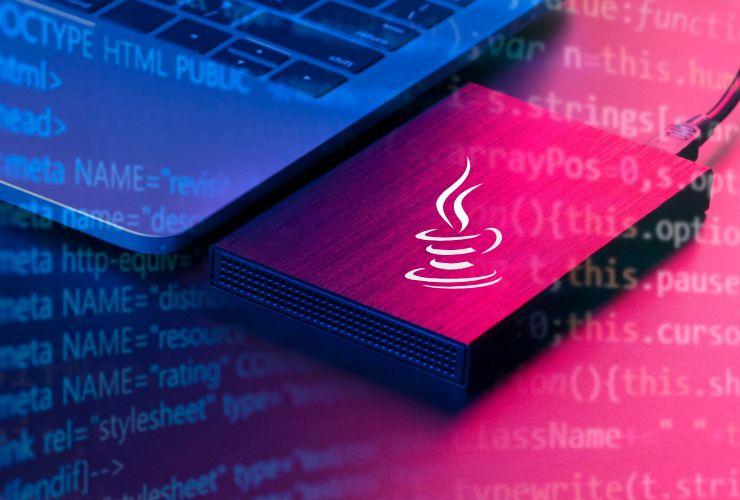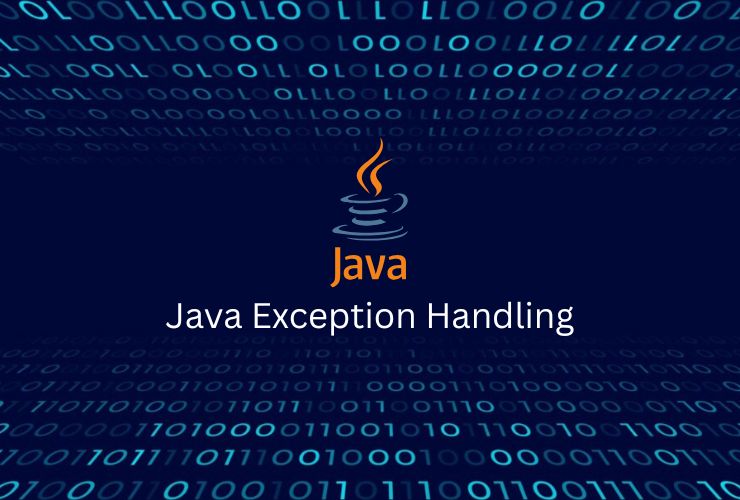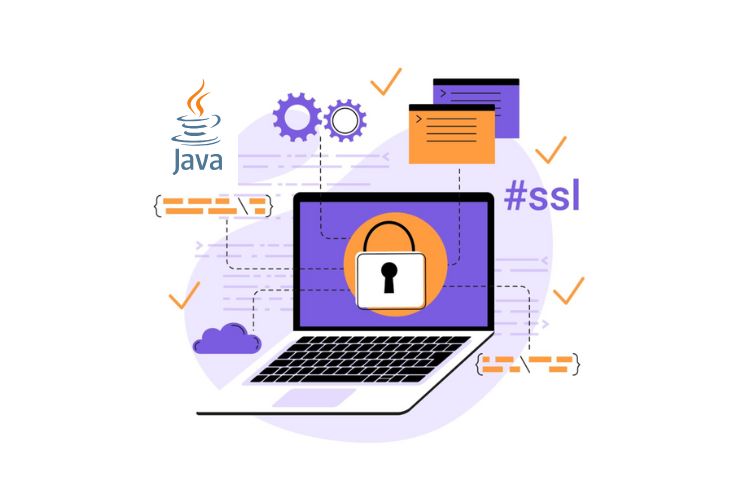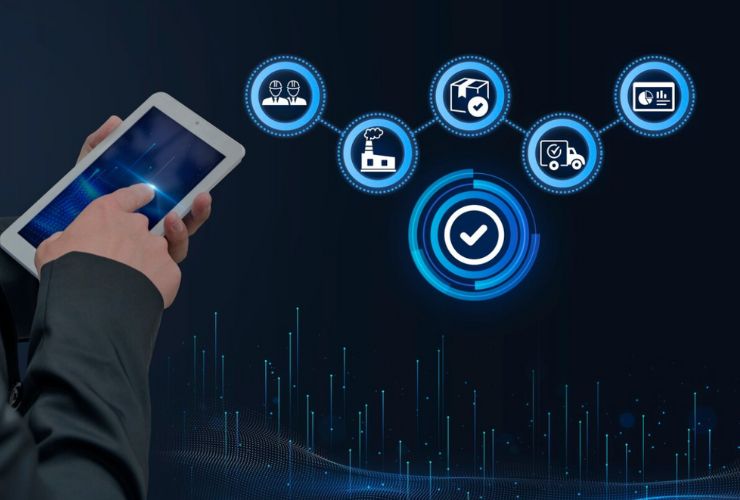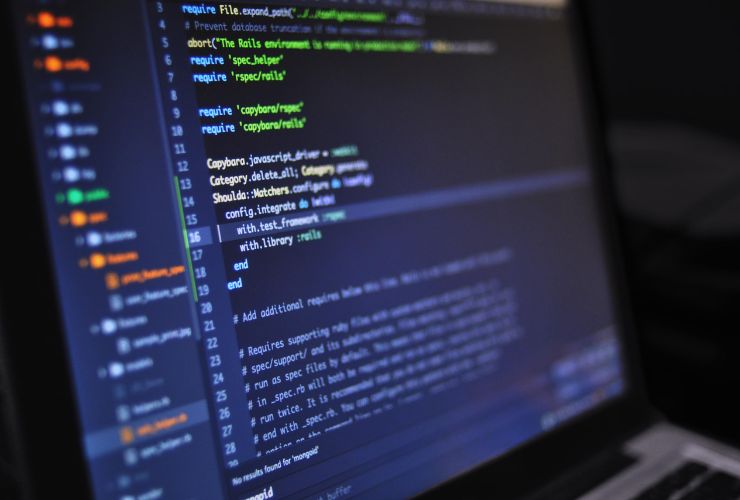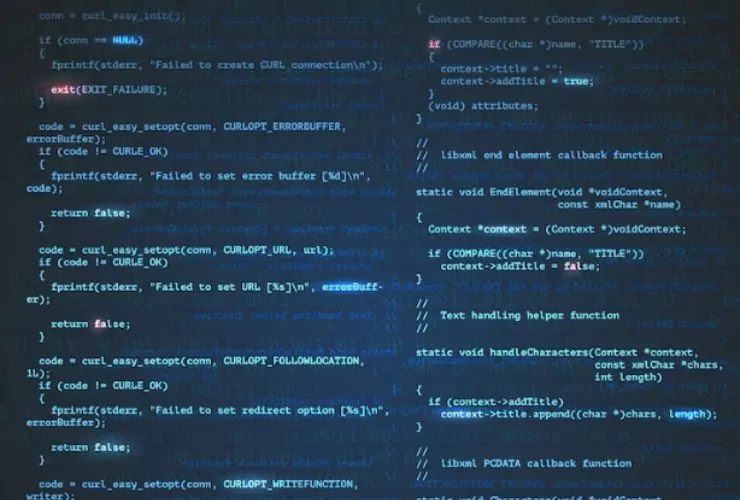The importance of coding clean, maintainable, and scalable code could not be overstated when it comes to writing software. Java powers systems from enterprise applications to financial systems, to Android apps to large-scale eCommerce systems. Clean code is important; it is not an opt-on. If you follow these Java coding standards and Java best practices, you ensure code readability, consistency, and reliability for the entire codebase.
Whether you are creating Java code as a member of a small team of programmers or as part of a global team developing a mission critical enterprise solution, writing clean Java code reduces complexity and improves collaboration and risk during the software lifecycle.
The Importance of Clean Code in Java.
Clean code will directly impact how your Java applications perform, scale, and change. As a team, project, and developer, you will have a responsibility that goes far beyond just achieving functional outcomes; clean code will impact the sustainability, longevity, and ultimate cost efficiency of your development in a software lifecycle.
Advantages of Clean Java Code:
- Reduce Bugs and Errors – Adhering to proper formatting, logical structure, and common practices will help reduce bugs and other unseen issues.
- Improve Collaboration – Clean code and a standard style makes it easier to work as a team or with other developers.
- Foster Rapid Onboarding – New developers can quickly pick-up the structure and logic of the project.
- Prevent Technical Debt – Clean code is easier to debug, test and extend over time.
Core Java Coding Standards
1. Naming Conventions
Consistent and meaningful names contribute to clarity:
- Classes & Interfaces – Use PascalCase (for example, CustomerService, PaymentGateway).
- Methods & Variables – Use camelCase (for example, processOrder, totalAmount).
- Constants – Use UPPER_CASE with underscores (for example, MAX_RETRY_COUNT).
2. Code Formatting
Well formatted code is easier to navigate and maintain:
- Use 4 spaces for indentation.
- Limit line length to 100 characters.
- Always use braces {} when creating control structures, even if it is a single line as it is easy to make a logical error.
3. Comments and Documentation
Documentation is essential to making team communication effective:
- Use Javadoc for classes, interfaces and methods.
- Write meaningful comments that explain intent, not the obvious.
- Avoid littering code with unnecessary comments.
Best Practices for Clean Java Code
1. Stick to SOLID Principles
SOLID principles are important to creating solid designs and maintainability:
- S – Single Responsibility Principle: Classes should have only one responsibility.
- O – Open/Closed Principle: Classes are open for extension, but should be closed for modification.
- L – Liskov Substitution Principle: Subtypes must be substitutable for their base types.
- I – Interface Segregation Principle: Ensure you take small interfaces over larger ones.
- D – Dependency Inversion Principle: Depend on abstractions not concrete implementations.
2. Use Design Patterns
Design patterns provide libraries of reusable and time-tested solutions to commonly faced problems such as Singleton, Factory, Observer, Builder as well as improving your system’s architecture.
3. Utilize Exception Handling
- Don’t make a habit of using exceptions for ordinary control flow.
- When catching exceptions, always catch the most specific exceptions first to avoid masking errors.
- Always release your resources correctly – preferred method is to use try-with-resources, which cleans up resources.
4. Write Unit Tests
Unit testing ultimately enforces quality from day 1:
- You could use a framework called JUnit (or TestNG)
- You should do meaningful coverage not just high percentage coverage.
- Use some mocking libraries like Mockito to isolate and test the code you write.
5. Avoid Duplication
In programming, the biggest danger of duplication is with maintenance. Follow DRY (Don’t Repeat Yourself) principles by abstracting duplicated logic into reusable methods or utility classes.
Advanced Java Clean Code Practices
As Java changes, the progressive practices associated with this modern era of Java help developers to write a cleaner, clearer, and more concise code.
- Use Streams and Lambdas – Provides brevity, conciseness, and expressiveness beyond collections.
- Use What Modern Java Gives You – Use language features that this most recent version of Java offers that improve readability, e.g. var, records, switch expressions, text blocks etc.
- Use Code Analysis tools – Use Checkstyle, PMD, and SonarQube tools that can automatically analyze your code in your CI/CD pipeline.
- Code Hygiene – Each repository has a branching methodology (Gitflow, trunk-based development), and make sure your commit messages are clearly written and have meaning for when you come back to your code.
- Keep Security and Performance in Mind – Validate inputs, do not leave memory leaks, and design for thread-safety when your application is intended to be multi-threaded.
Conclusion
Implementing Java coding standards and best practices is about more than style: it is about presenting code that is future-proof, secure, and maintainable. Clean Java code means developers can be more productive, lower costly debt, and help provide the necessary reliability of their applications as they scale to meet new business needs.
At Empirical Edge, we specialize in delivering enterprise-grade Java development solutions that align with your business goals. From application modernization and custom Java development to integration and optimization, we build clean, efficient, and scalable solutions. Explore our Java Development Services to see how our expertise can help accelerate your digital transformation journey

